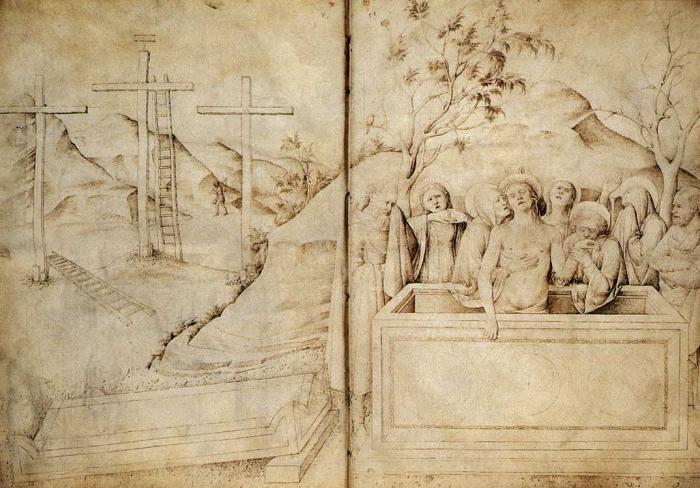Jacopo Bellini (1396 – 1470)
Get a Jacopo Bellini (1396 – 1470) Certificate of Authenticity for your painting (COA) for your Jacopo Bellini (1396 – 1470) drawing.
For all your Jacopo Bellini (1396 – 1470) artworks you need a Certificate of Authenticity (COA) in order to sell, to insure or to donate for a tax deduction.
Getting a Jacopo Bellini (1396 – 1470) Certificate of Authenticity (COA) is easy. Just send us photos and dimensions and tell us what you know about the origin or history of your Jacopo Bellini (1396 – 1470) painting or drawing.
If you want to sell your Jacopo Bellini (1396 – 1470) painting or drawing use our selling services. We offer Jacopo Bellini (1396 – 1470) selling help, selling advice, private treaty sales and full brokerage.
We have been authenticating Jacopo Bellini (1396 – 1470) and issuing certificates of authenticity since 2002. We are recognized Jacopo Bellini (1396 – 1470) experts and Jacopo Bellini (1396 – 1470) certified appraisers. We issue COAs and appraisals for all Jacopo Bellini (1396 – 1470) artworks.
Our Jacopo Bellini (1396 – 1470) paintings and drawings authentications are accepted and respected worldwide.
Each COA is backed by in-depth research and analysis authentication reports.
The Jacopo Bellini (1396 – 1470) certificates of authenticity we issue are based on solid, reliable and fully referenced art investigations, authentication research, analytical work and forensic studies.
We are available to examine your Jacopo Bellini (1396 – 1470) painting or drawing anywhere in the world.
You will generally receive your certificates of authenticity and authentication report within two weeks. Some complicated cases with difficult to research Jacopo Bellini (1396 – 1470) paintings or drawings take longer.
Our clients include Jacopo Bellini (1396 – 1470) collectors, investors, tax authorities, insurance adjusters, appraisers, valuers, auctioneers, Federal agencies and many law firms.
We perform Jacopo Bellini art authentication, appraisal, certificates of authenticity (COA), analysis, research, scientific tests, full art authentications. We will help you sell your Jacopo Bellini or we will sell it for you.
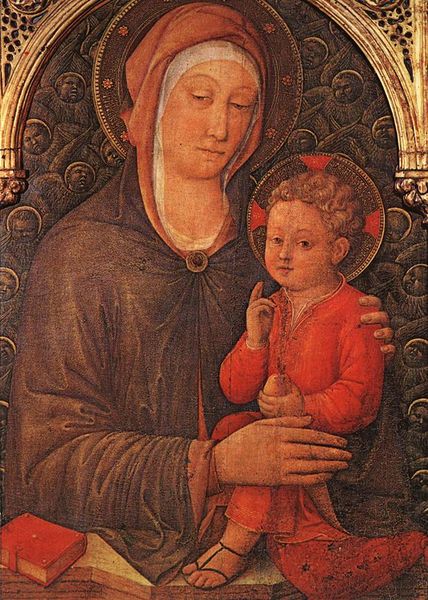
Jacopo Bellini was an Italian painter. Jacopo was one of the founders of the Renaissance style of painting in Venice and northern Italy. His sons Gentile and Giovanni Bellini, and his son-in-law Andrea Mantegna, were also famous painters.
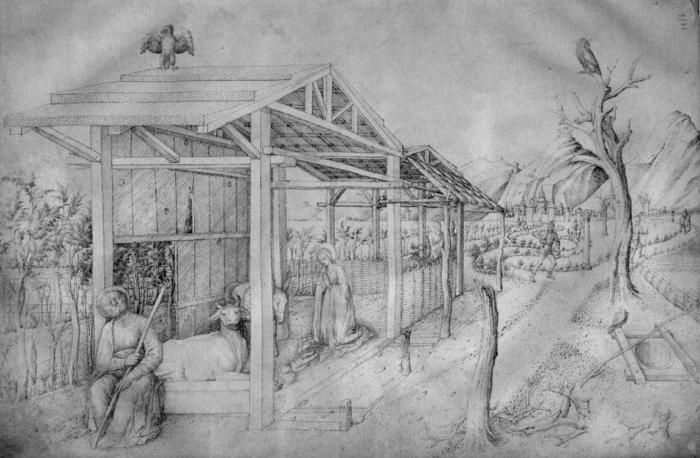
Born in Venice, Jacopo had been a pupil of Gentile da Fabriano. In 1411-1412 he was in Foligno, where with Gentile he worked at the Palazzo Trinci frescoes. In 1423 Bellini was in Florence, where he knew the new works by Brunelleschi, Donatello and Masaccio. In 1424 he opened a workshop in Venice, which he ran right up until his death.
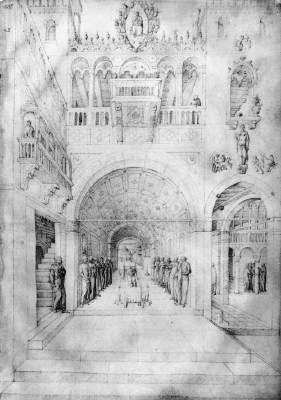
Many of his greatest works, including the enormous Crucifixion in the cathedral of Verona (1436), have disappeared. From c. 1430 is the panel with Madonna and Child, in the Accademia Carrara, once attributed to Gentile da Fabriano. In 1441, at Ferrara, where he was at the service of Leonello d’Este together with Leon Battista Alberti, he executed a portrait of that Marquess, now lost. Of this period the Madonna dell’Umiltà, probably commissioned by one of the brothers of Leonello.
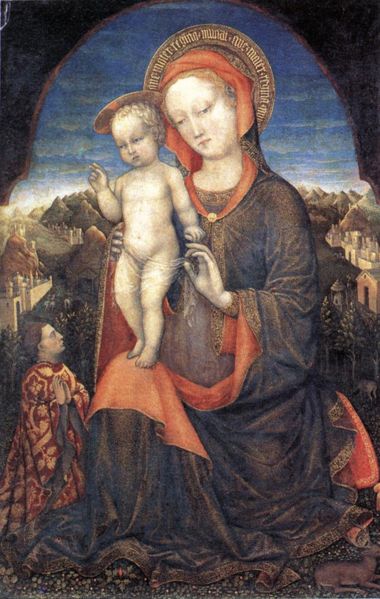
The influence from Masolino da Panicale towards more modern, early Renaissance themes is visible in the Madonna with Child (dated 1448) in the Pinacoteca di Brera: for the first time, perspective is present and the figure are more monumental. Later he contributed with works now lost to the Venetian churches of San Giovanni Evangelista (1452) and St. Mark (1466). From 1459 is a Madonna with Blessing Child in the Gallerie dell’Accademia.
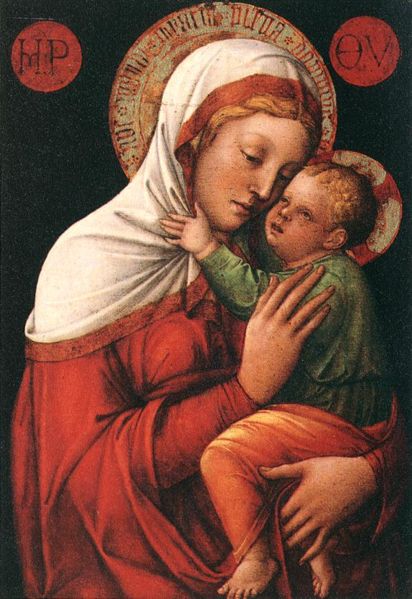
Later he sojourned in Padua, where he trained in perspective and classicist themes a young Andrea Mantegna and where, in 1460, he finished a lost portrait of Erasmo Gattamelata, now lost. Of his late phase, a ruined Crucifix in the Museum of Verona and an Annunciation in Sant’Alessandro of Brescia remain.
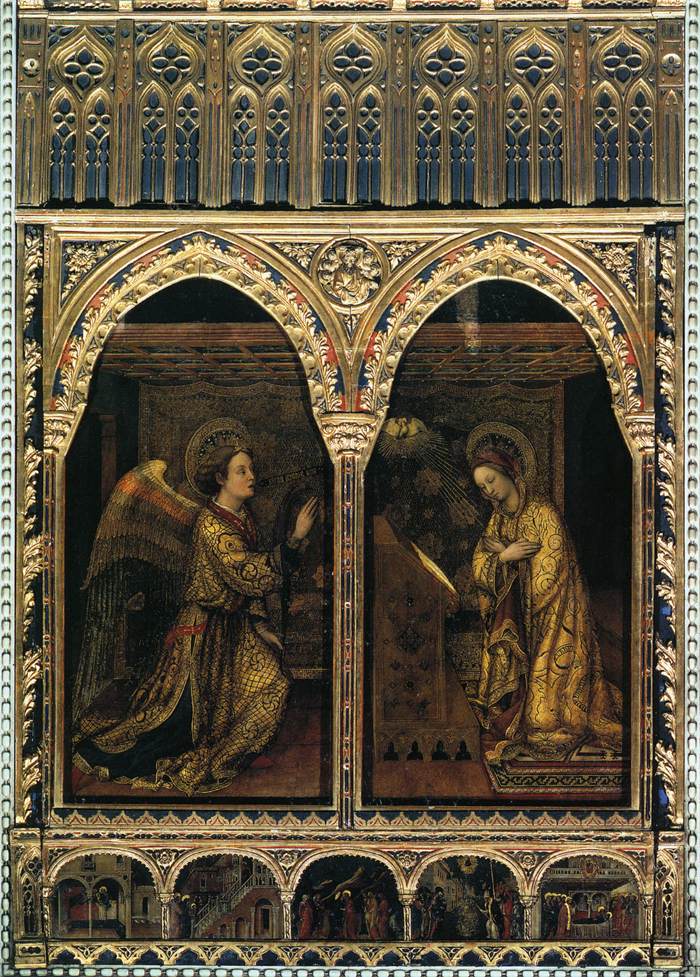
Few of his paintings still exist, but his surviving sketch-books (one in the British Museum and one in the Louvre) show an interest in landscape and elaborate architectural design and are his most important legacy. His surviving works show how he accommodated linear perspective to the decorative patterns and rich colors of Venetian painting school.
